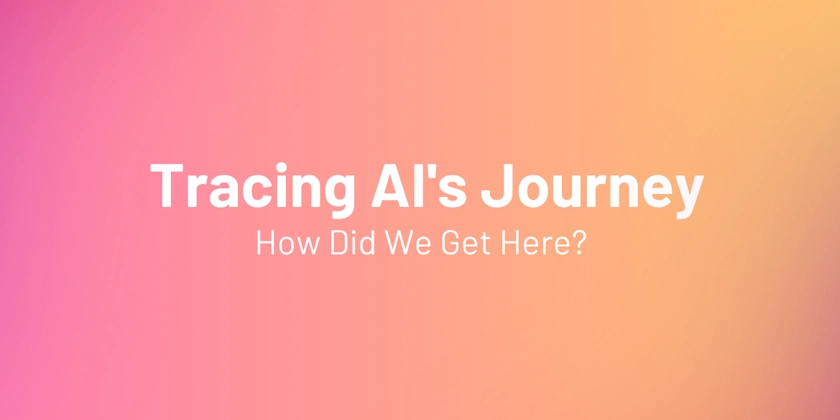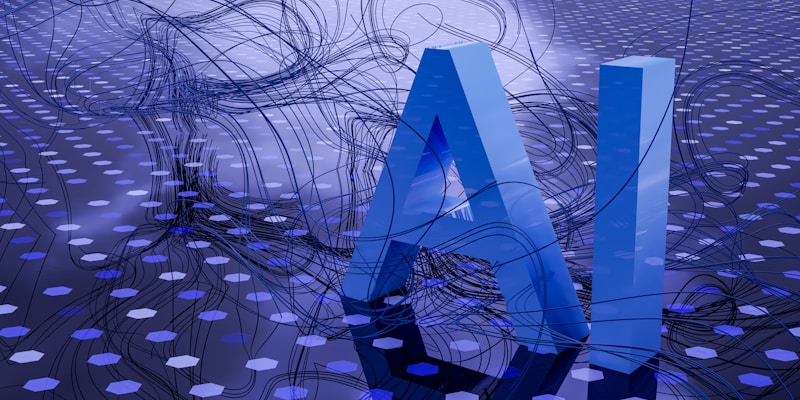It seems like overnight, Artificial Intelligence went from a niche buzzword to the co-pilot in our daily lives. But this “sudden” revolution was decades in the making. The tools we use every day—from navigating our commute to discovering new music—are the result of a series of groundbreaking moments that brought AI out of the lab and into our hands.
So, how did AI come into the picture? Let’s trace the journey.
The Building Blocks: Decoding the Core Concepts
To understand the story of AI, you first have to meet the key players. These aren’t people, but the core technologies that drove its evolution:
- Artificial Intelligence (AI): The original dream. The broad vision of creating machines that can perform tasks requiring human intelligence.
- Machine Learning (ML): The first major breakthrough in making AI practical. Instead of programming rules by hand, ML allowed systems to learn directly from data, identifying patterns and making predictions on their own.
- Deep Learning (DL): A powerful subset of ML that uses complex “deep neural networks.” This technique supercharged AI’s ability to handle complex data, making things like facial recognition and natural language understanding possible.
- Data Science (DS): The discipline that fuels the fire. DS provides the methods for collecting, cleaning, and analyzing the massive datasets that AI models need to learn and improve.
The Tipping Points: Milestones That Ignited a Revolution
Today’s AI stands on the shoulders of giants and game-changing innovations. Here are the breakthroughs that turned theory into reality:
-
Backpropagation: This was the foundational technique that taught AI how to learn from its mistakes. By making a prediction, measuring the error, and sending feedback backward through the network to make adjustments, models could finally improve iteratively—much like a human learns with practice.
-
AlphaGo’s Victory (2016): When DeepMind’s AI defeated world champion Lee Sedol in the complex game of Go, the world took notice. This wasn’t just a party trick; it proved that AI could master tasks previously thought to require human intuition and creativity. It was the “mainstream moment” for modern AI.
-
The Transformer Architecture (2017): Introduced in the paper “Attention Is All You Need,” this model completely changed the game for language. By using a novel “attention” mechanism, it allowed AI to understand the context and nuance of an entire sentence at once. This breakthrough paved the direct path for the powerful Large Language Models (LLMs) like ChatGPT that we see today.
The Result: AI in Your Daily Life
Those breakthroughs are why AI is now seamlessly integrated into our world, often in ways we don’t even notice:
-
Creative and Professional Assistants: Generative AI tools like ChatGPT or Gemini are used daily for drafting emails, writing code, brainstorming ideas, and creating original content like poems or scripts.
-
Smart Email Features: In platforms like Gmail or Outlook, AI finishes your sentences, filters spam, and summarizes long threads so you can catch up quickly.
-
Generative Photo Editing: Tools like Adobe Firefly or Google’s Magic Editor allow you to remove unwanted objects, change the background, or even add new elements to a photo with a simple text description.
-
Personalized Shopping: E-commerce sites like Amazon and Flipkart use AI to recommend products based on your browsing habits, past purchases, and what similar shoppers have bought.
-
Music and Content Curation: Services like Spotify and Netflix learn your preferences to create personalized playlists and suggest movies you’re likely to enjoy.
-
Personalized Education: AI-powered platforms like Khan Academy or Duolingo create custom learning paths, adapting to each student’s pace and providing instant feedback.
-
Smarter Healthcare: AI algorithms are helping doctors detect diseases like cancer earlier from medical scans (X-rays, MRIs) and are accelerating the discovery of new medicines.
Writing the Next Chapter: Your Opportunity in the AI Future
This rapid evolution is unlocking a new frontier of jobs, especially in Generative AI (GenAI)—which focuses on creating new content. The story of AI is still being written, and you no longer need a Ph.D. to be one of the authors. The real opportunity now lies in applying these powerful tools to solve real-world problems.
💡 Key Takeaways
- AI’s rise was a marathon, not a sprint: Today’s tools are built on decades of foundational breakthroughs.
- Know the concepts: Understanding AI, ML, and DL helps you appreciate the technology behind the tools.
- The story isn’t over: The biggest opportunities are in applying these technologies to new challenges.
- The AI revolution is here. How will you be a part of its next chapter?



